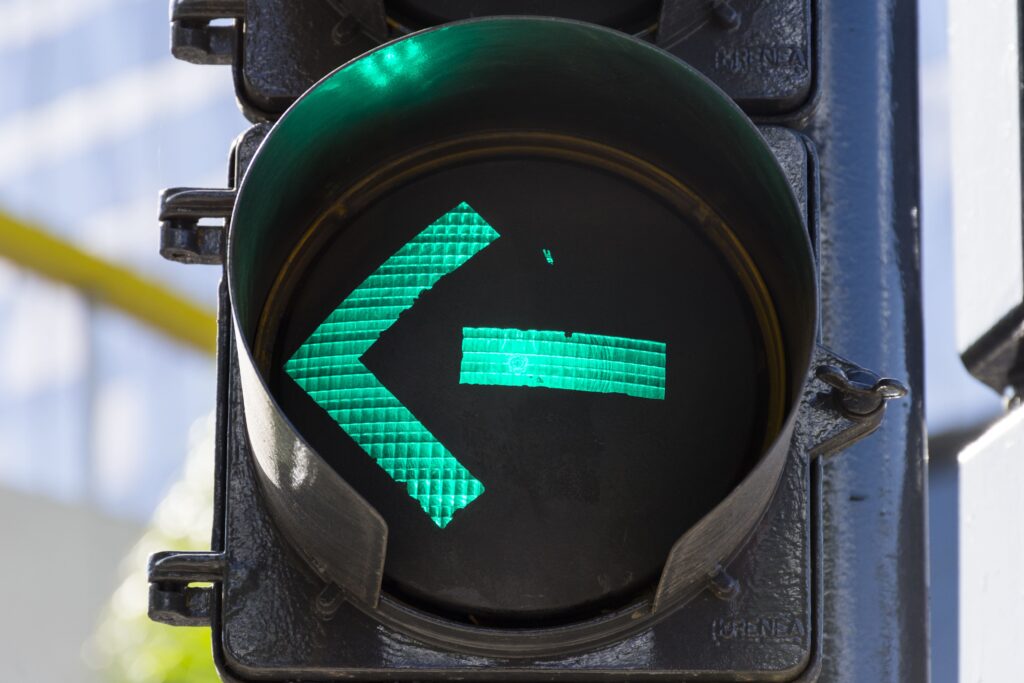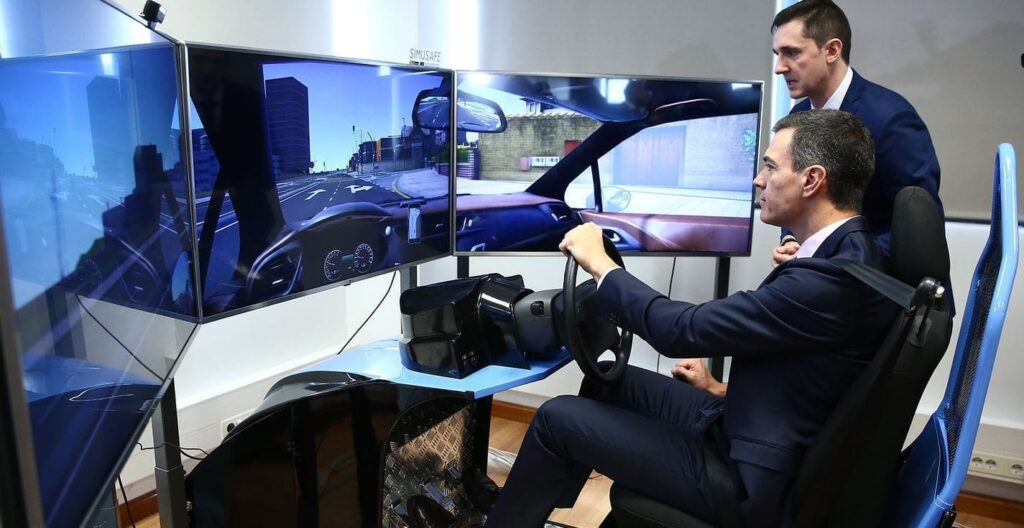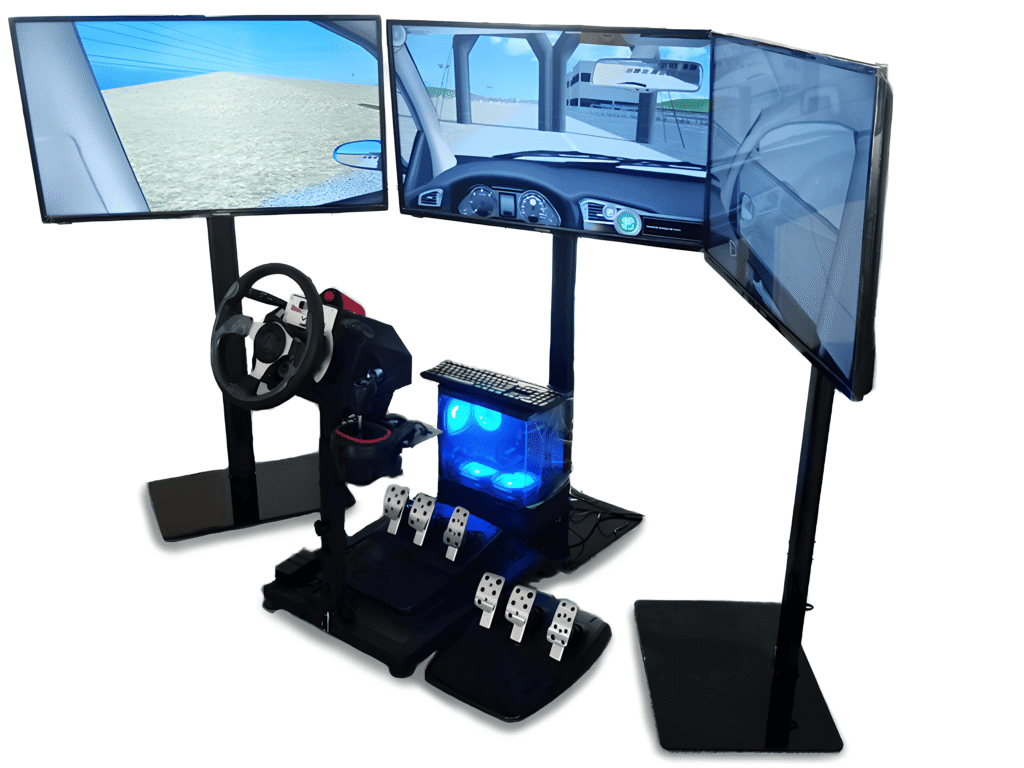On the roads there is no signal that has more authority than the indications of the Guardia Civil officers. But do we really understand clearly what they mean when they gesture? The truth is that we should know, because Article 143 of the General Traffic Regulations (RGC) determines that "they must be immediately obeyed by road users".
Here's what you should know about the signals of a Civil Guard
- Arm raised vertically: this signal indicates that you are required to stop. And it applies to all road users approaching the officer, except those drivers who are unable to do so in adequate safety conditions. In addition, if this signal is made at an intersection, drivers who have already entered the intersection are not required to stop.
- One or both arms extended horizontally: This signal obliges all road users to stop, if they are approaching the officer from directions that cut across the direction indicated by the extended arm and whatever their direction of travel. You should know that this signal remains active, even if the officer lowers his arm, as long as he does not change his position or give another signal.
- Red or yellow light swing: road users moving towards where the agent is directing the light must stop.
- Arm extended with up and down movement: This signal forces you, who are driving a vehicle, to slow down. This, as long as you approach the Guardia Civil officer on the side of the arm with which the signal is executed, and perpendicular to that arm.
- Additional signals: when circumstances so require, the agents may use any other indication different from the above, made in a clear manner.
Finally, the RGC states that traffic officers and, in special circumstances, members of the Military Police may order vehicles to stop with short, frequent whistle blasts. To resume the march, they will signal with a long blow.
You can also read: New traffic signs: “blind spots”



